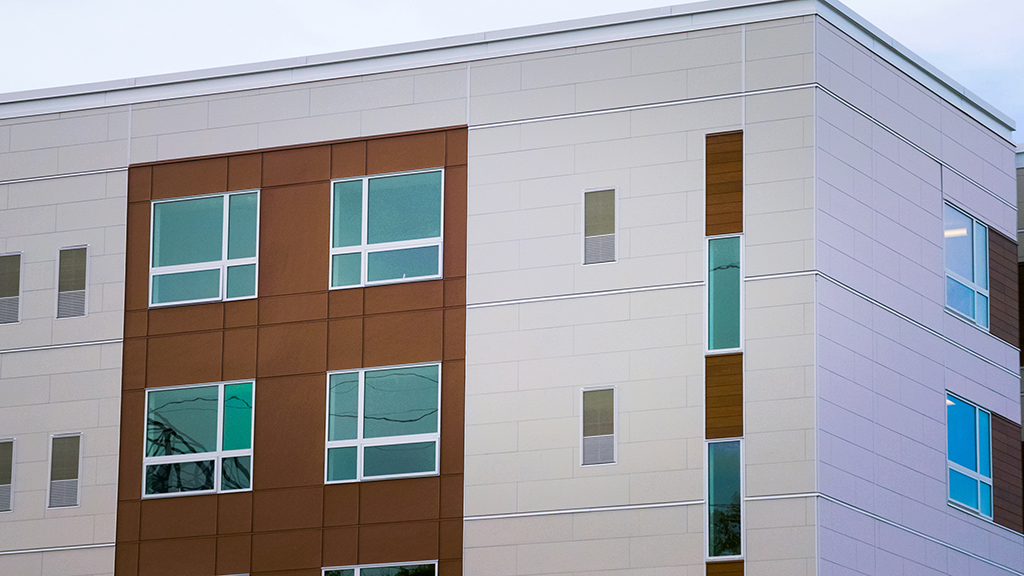Applicants to Minnesota Housing’s competitive Consolidated RFP receive selection points if the project is in a QCT as designated by HUD. HUD designates an area as a QCT if either:
(a) 50% or more of the households in that tract have an income less than 60% of the area median gross income
or
(b) the tract has a poverty rate of at least 25%.
Projects must also be a part of larger community reinvestment efforts that include non-housing investments and activities that support overall community redevelopment to receive the QCT points. This metric captures the number and share of all units selected for funding that meet this criterion.
